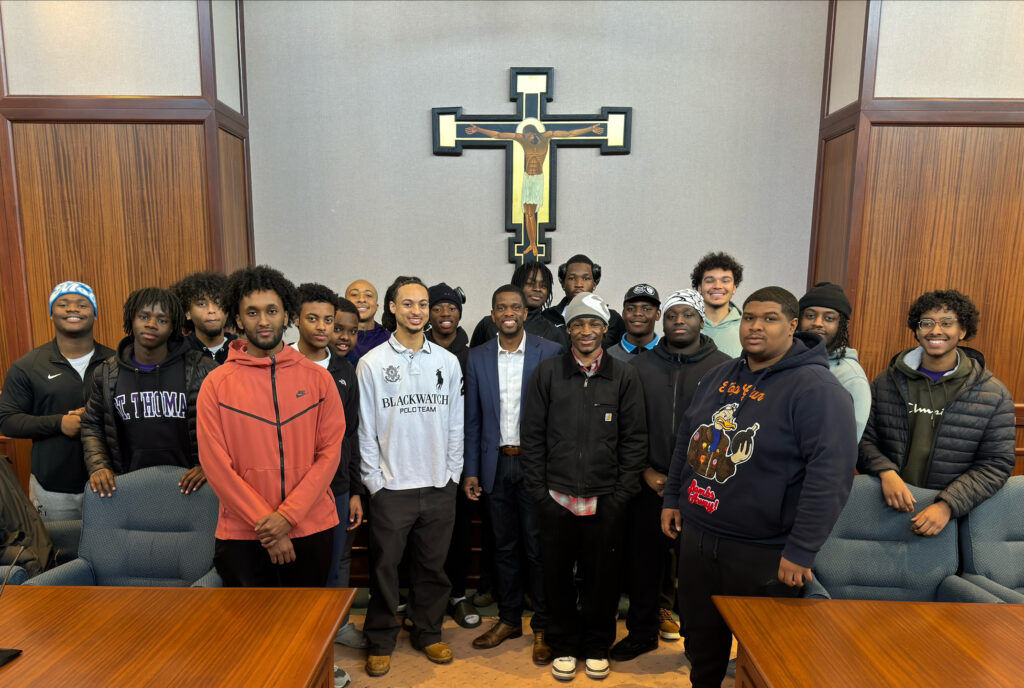Becoming a Tibetan Buddhist nun is not a typical life choice for a child of an Italian-American Catholic police officer from Brooklyn, New York. Nonetheless, in February 1988 I knelt in front of the Dalai Lama in Dharamsala, India, as he cut a few locks of hair from my head, symbolizing my renunciation of lay life.
I lived in the vows of a Buddhist nun for a year, in the course of spending two years living in Buddhist monasteries in Nepal and India, an adventure that followed my quitting my job as a lawyer for a large international law firm. Including my years of lay practice, I spent 20 years of my adult life practicing Buddhism, before returning to the Catholicism into which I had been born and raised.
During my years as a Buddhist, I was exposed to many ways of meditating. They were all new to me, as my prayer as a young Catholic was largely limited to recitation of rote prayers and did not include any sort of contemplative practice.
Following my return to Catholicism, images and ideas from my Buddhist experiences began to arise spontaneously in my prayer. During one early retreat, I recorded in my journal an experience of sitting under a tree “imagining Thousand-Armed Chenrezig (the Buddha of Compassion) with enough hands to help in all directions.” I saw Chenrezig as “one way of imaging Christ – in all places, with hands to help wherever necessary.”
That experience and others like it sparked in me an interest in exploring how prayer forms from one religious tradition might be adapted for use in other traditions. Over the years, I have found that much of what I learned about and experienced of Buddhist meditation during those years enriches my prayer life as a Christian. That is especially true of many of the “analytical” meditations that I learned when I lived in Tibetan Buddhist communities in Nepal and India and continued to practice after my return to the United States. Many of them seek to develop virtues that are as central for Christians as they are for Buddhists.
I became convinced that what was so beneficial to my own prayer practice could be beneficial for others. It was that conviction that compelled me to write Growing in Love and Wisdom: Tibetan Buddhist Sources for Christian Meditation, which was published in 2013 by Oxford University Press. The central part of the book presents 15 meditations that I have adapted from the Tibetan tradition for Christians, along with accompanying commentary.
In the years since my return to Catholicism, I have come to learn that, like my decision to become a Buddhist nun, my comfort with incorporating prayer practices from one faith tradition into another is not the norm, and that what has seemed so natural to me is not natural for everyone. Many people have a fear of other religions and nervousness about incorporating any elements drawn from other faith traditions into their own religious practice.
My recognition of the existence of this fear both contributed to my sense of the value of the book I have written and influenced some of its content. In addition to the 15 meditations and their commentary, the book in its early chapters addresses the value of interfaith dialogue and interspirituality, exploring areas of commonality between Buddhism and Christianity to uncover some core truths that operate across both faith traditions. I hope by that discussion to help people understand something that Pope Benedict XIV (while he was still Cardinal Ratzinger) wrote in his “Letter to the Bishops of the Catholic Church on Some Aspects of Christian Meditation” in 1989, that is, that prayer and meditation practices from other religions should not be “rejected out of hand simply because they are not Christian. On the contrary, one can take from them what is useful so long as the Christian conception of prayer, its logic and requirements are never obscured.”
At the time I returned to Catholicism, I was teaching at St. John’s University School of Law in New York. While still at St. John’s, I trained as a spiritual director in the Ignatian tradition, also receiving training in retreat house ministry at St. Ignatius Retreat house in New York, where I became a member of the adjunct ministerial staff. In 1997 I moved to the law school at St. Thomas, where I hold the Robert and Marion Short Distinguished Chair in Law. In addition to the usual responsibilities of a law professor, my position includes offering retreats and other programs of spiritual formation for law students and other members of our law school and university community. St. Thomas’ commitment to its Catholic identity and to the formation of lawyers who see the practice of law as vocation provided me with a supportive environment within which to write Growing in Love and Wisdom.
Susan J. Stabile is the Robert and Marion Short Distinguished Chair in Law at St. Thomas School of Law.
From Exemplars, a publication of the Grants and Research Office.







